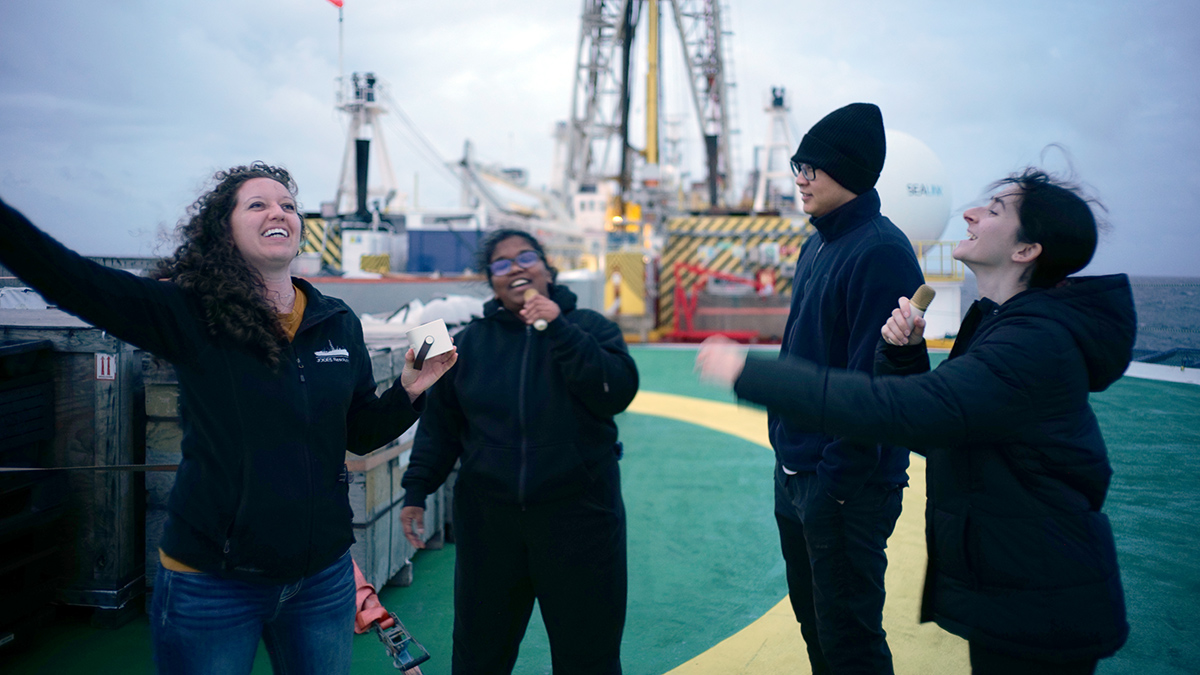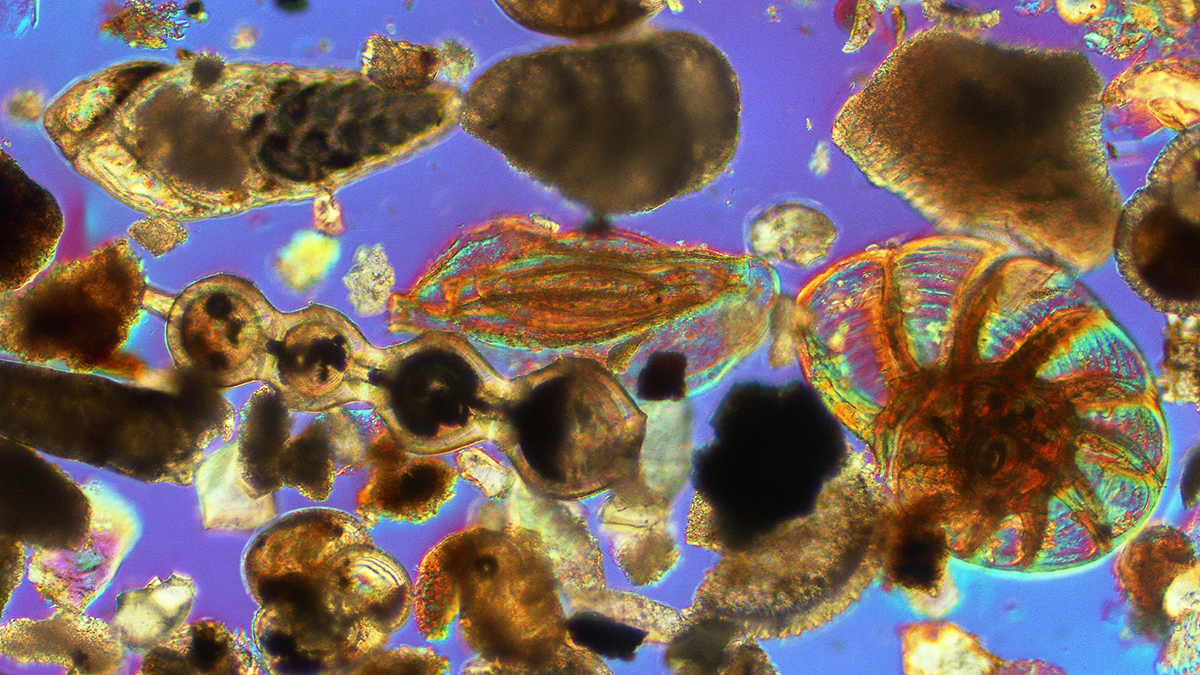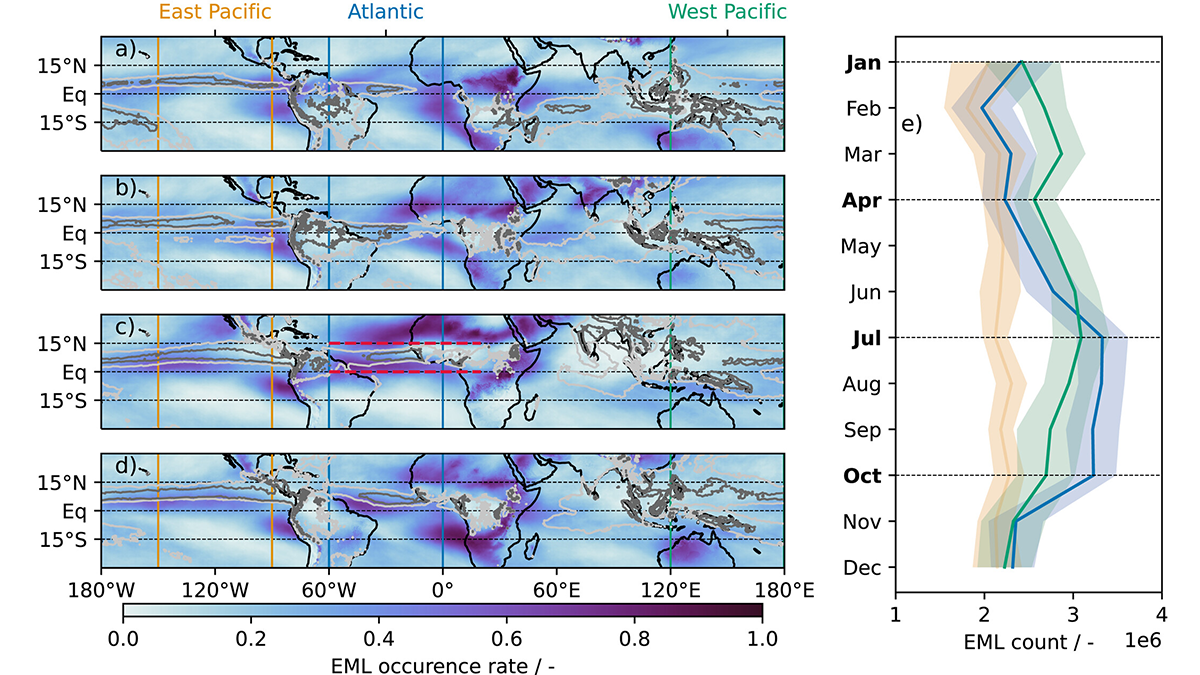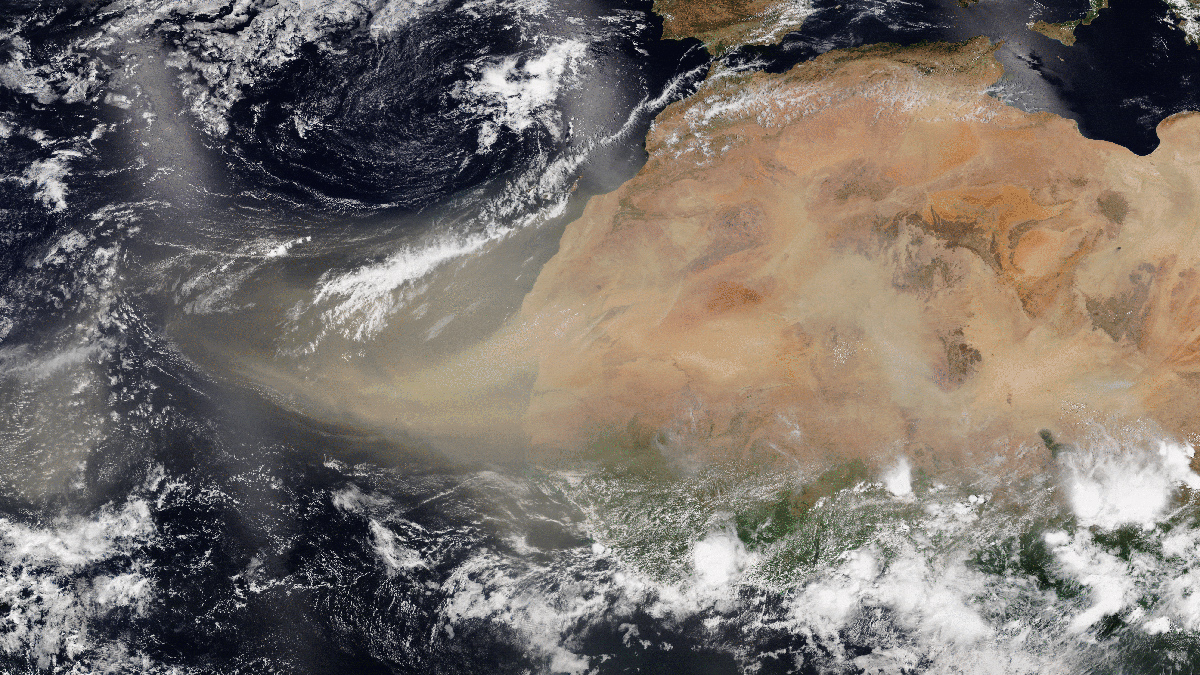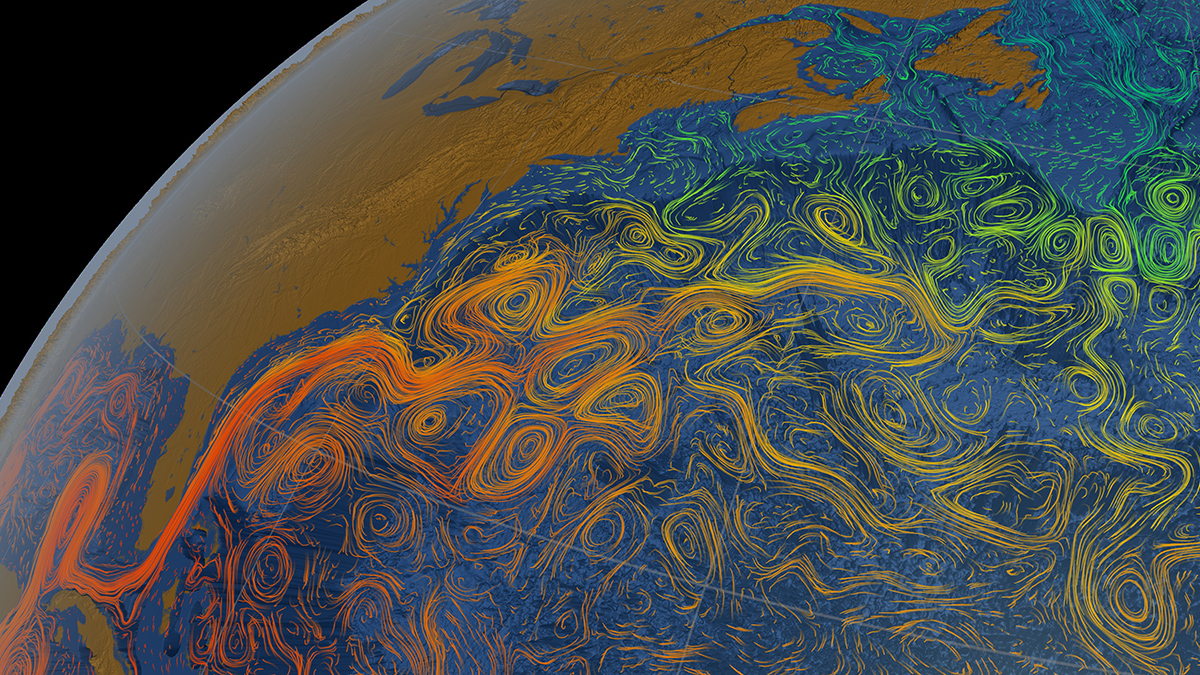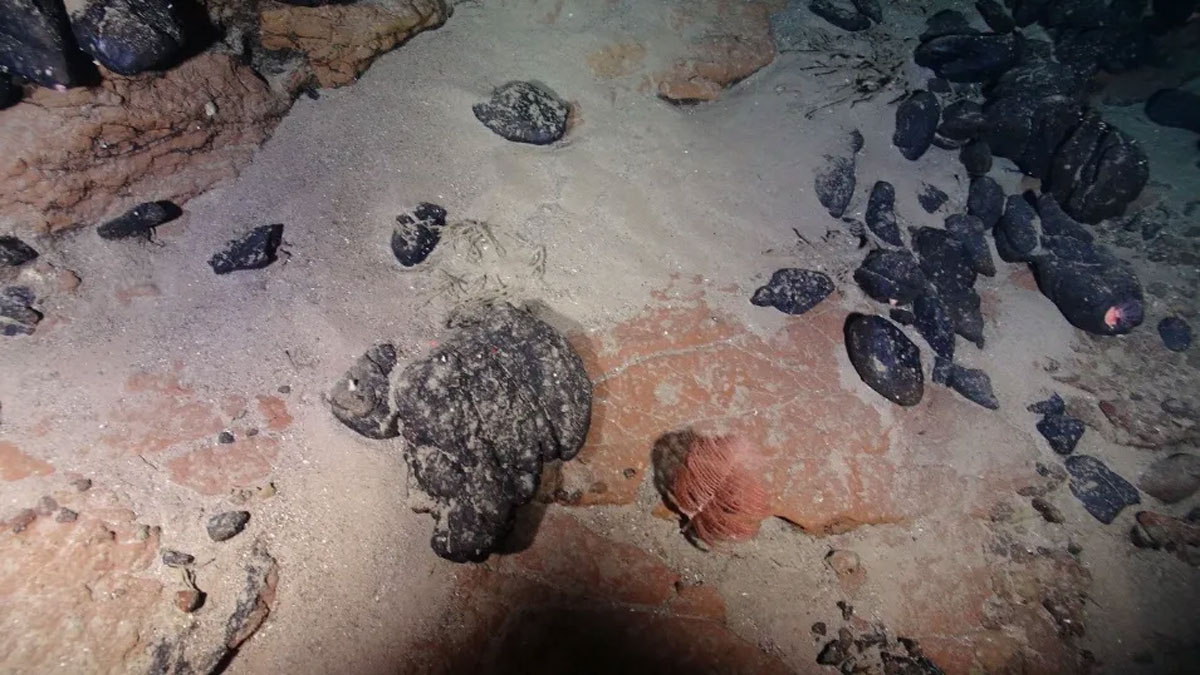A new modeling study shows that to accurately interpret data derived from an iconic proxy of past Atlantic overturning strength, we must consider the complex factors governing the proxy systematics.
Atlantic Ocean
Expedition 403: Sailing the Last Expedition of the JOIDES Resolution
Early-career geoscientists share melancholy memories about hard science and intangible networks of collaboration.
Characterizing the Space Between Clouds and Clear Sky
The area near clouds is often classified as ‘clear sky’, but a new study demonstrates the potential biases of misclassifying these transition zones and their significance for Earth’s energy budget.
Mid-Ocean Ridges Could Be Dispersing Thermophilic Bacteria
Scientists suggest that two strains of endospores located more than 4,000 kilometers away from one another originated in the same place: along the Mid-Atlantic Ridge.
Getting to the Bottom of Cenozoic Deep-Ocean Temperatures
Reconstructing past ocean conditions with oxygen isotopes could provide more information about how Earth’s climate evolved over time, but methods for reconstructing these data can yield varying results.
Characteristics of Moist Layers over the Tropical Atlantic
In a new study, characteristics of elevated moist layers, their seasonality, spatial distribution, structure, and the coupling of mid-tropospheric circulation and convection are examined over the tropical Atlantic.
La corriente de Florida podría estar desacelerándose, pero no por mucho
Una corrección necesaria a un conjunto de datos ampliamente utilizados redujo las estimaciones de los científicos de cómo se ha debilitado la circulación oceánica.
Saharan Dust Carries Iron That Feeds Life in the Distant Ocean
A new study of seafloor sediments suggests reactions in the atmosphere convert dust-borne iron into forms more readily taken up by phytoplankton.
The North Atlantic Is Getting Saltier
The Atlantic is already the saltiest of Earth’s oceans, and parts of it are getting saltier. Winds and warming may be to blame.
Uma Ilha Tropical Há Muito Perdida Fica no Litoral do Brasil
Um platô vulcânico submerso no sudoeste do Atlântico foi uma ilha tropical há 45 milhões de anos.


